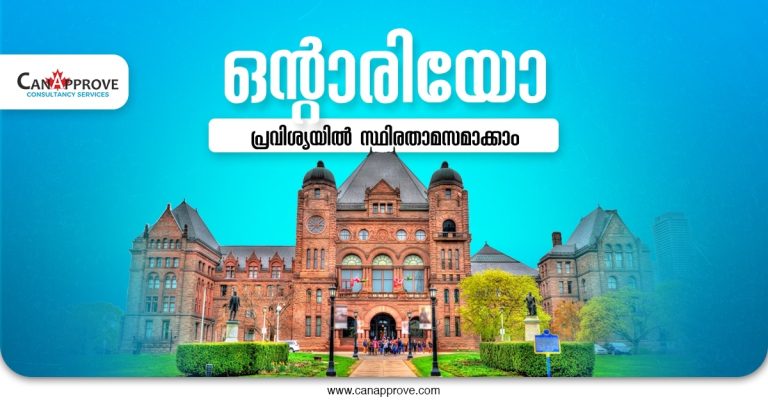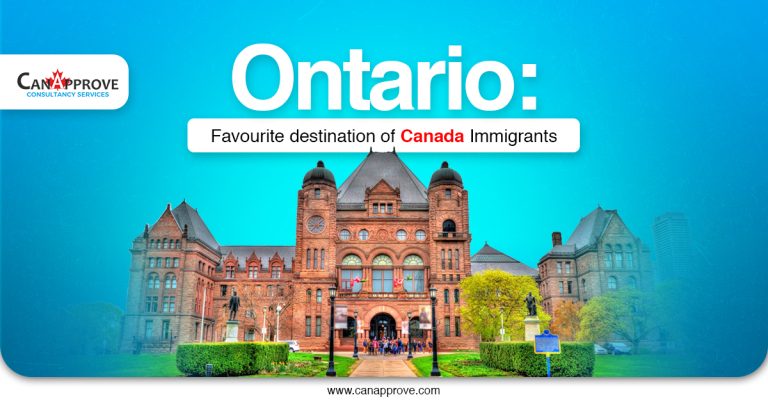യുകോണ് നോമിനി പ്രോഗ്രാം വഴി കാനഡയില് സ്ഥിരതാമസമാക്കാം

മുമ്പ് യുകോണ് ടെറിട്ടറി എന്നറിയപ്പെട്ടിരുന്ന യുകോണ് ധാതുനിക്ഷേപങ്ങളാലും....

മുമ്പ് യുകോണ് ടെറിട്ടറി എന്നറിയപ്പെട്ടിരുന്ന യുകോണ് ധാതുനിക്ഷേപങ്ങളാലും....

കാനഡയിലെ ഏറ്റവും ചെറിയ പ്രവിശ്യയായ പ്രിന്സ് എഡ്വര്ഡ് ഐലന്റ് മികച്ച വിദ്യാഭ്യാസസൗകര്യങ്ങള്, വൃത്തിയുള്ള പരിസ്ഥിതി, തിരക്കില്ലാത്ത

Yukon, formerly known as the Yukon Territory, has rich mineral wealth, a small population and vast expanses of unspoiled wilderness. More than two third of Yukon’s total population lives in the capital city, Whitehorse. In 2019 alone, 310 immigrants and…

The smallest province in Canada, Prince Edward Island is known for an excellent education system, clean environment, rush-free roads and natural beauty. Though the size and population of the province are small, Prince Edward Island has booming tourism, fishing and…

The smallest province in Canada, Prince Edward Island is known for an excellent education system, clean environment, rush-free roads and natural beauty. Though the size and population of the province are small, Prince Edward Island has booming tourism, fishing and…

കാനഡയില് കുടിയേറ്റക്കാര്ക്ക് സ്ഥിരതാമസമാക്കുവാന് ഏറ്റവും അനുയോജ്യമായ ഒരിടമാണ് ഒന്റാരിയോ. കാനഡയിലെ ഏറ്റവും പ്രധാനപ്പെട്ടതും തിരക്കേറിയതുമായ രണ്ടു നഗരങ്ങള്—ടൊറന്റോയും കാനഡയുടെ തലസ്ഥാനമായ ഒട്ടാവയും ഈ പ്രവിശ്യയിലാണ്. ബഹുസ്വരതയുടേതായ ഒരു മെട്രോപൊളിറ്റന് അന്തരീക്ഷം, ധാരാളം തൊഴിലവസരങ്ങള്, മുന്നോട്ടു കുതിയ്ക്കുന്ന സമ്പദ്വ്യവസ്ഥ തുടങ്ങിയവയെല്ലാം ഒന്റാരിയോയെ കുടിയേറ്റക്കാരുടെ പ്രിയപ്പെട്ട ഇടമാക്കി മാറ്റുന്നു. ഒന്റാരിയോ ഇമിഗ്രന്റ് നോമിനീ പ്രോഗ്രാം(OINP) ഒന്റാരിയോ ഇമിഗ്രന്റ് നോമിനീ…

കാനഡയില് കുടിയേറ്റക്കാര്ക്ക് സ്ഥിരതാമസമാക്കുവാന് ഏറ്റവും അനുയോജ്യമായ ഒരിടമാണ് ഒന്റാരിയോ. കാനഡയിലെ ഏറ്റവും പ്രധാനപ്പെട്ടതും തിരക്കേറിയതുമായ രണ്ടു നഗരങ്ങള്—ടൊറന്റോയും കാനഡയുടെ തലസ്ഥാനമായ ഒട്ടാവയും ഈ പ്രവിശ്യയിലാണ്. ബഹുസ്വരതയുടേതായ ഒരു മെട്രോപൊളിറ്റന് അന്തരീക്ഷം, ധാരാളം തൊഴിലവസരങ്ങള്, മുന്നോട്ടു കുതിയ്ക്കുന്ന സമ്പദ്വ്യവസ്ഥ തുടങ്ങിയവയെല്ലാം ഒന്റാരിയോയെ കുടിയേറ്റക്കാരുടെ പ്രിയപ്പെട്ട ഇടമാക്കി മാറ്റുന്നു. ഒന്റാരിയോ ഇമിഗ്രന്റ് നോമിനീ പ്രോഗ്രാം(OINP) ഒന്റാരിയോ ഇമിഗ്രന്റ് നോമിനീ…

In order to apply for permanent residence in Canada, you need to submit quite a number of documents. It is always ideal to keep a document checklist, as any missing information may lead to your application being rejected and you…

Ontario is one of the most attractive destinations for immigrants to settle down in Canada. It is home to two of the most bustling cities in the country, which are Toronto and Ottawa-the capital of Canada. A metropolitan and multicultural…